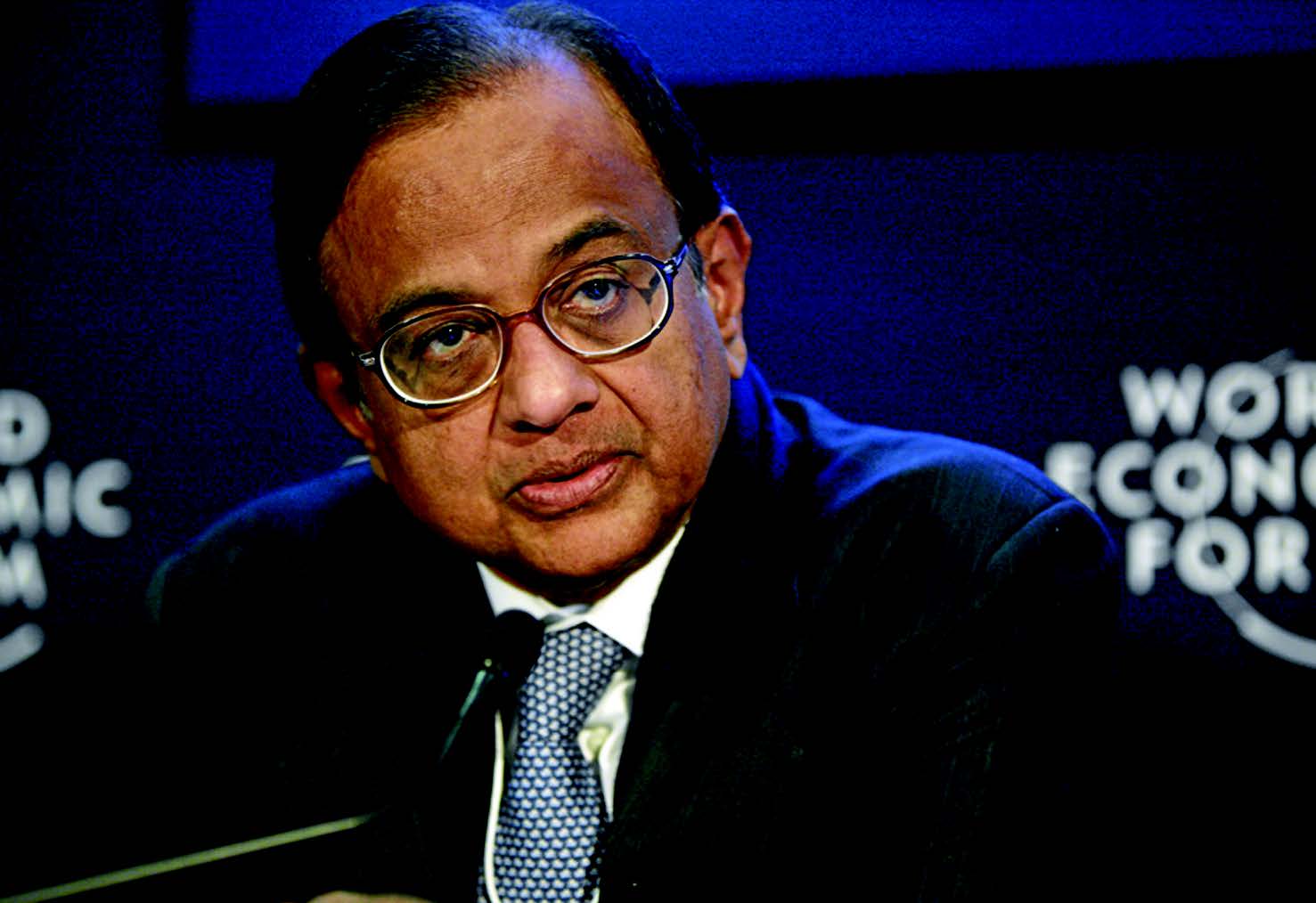
One estimate pegs May 2017 as date when bills will be replaced; Deutsche Bank says crunch to cut 50bps from Oct-Dec GDP growth
NEW YORK (TIP): For Indians expecting respite from the government’s clampdown on cash, here’s a reality check: it probably won’t come soon, says a Bloomberg report published November 17.
Bloomberg report quoted Saumitra Chaudhuri, an economist who advised Modi’s predecessor who said, “Prime Minister Narendra Modi‘s administration may need until May 2017 to replenish the stock of now worthless bills”, The government on Nov. 8 banned 500 ($7.5) and 1,000 rupee notes in a surprise move against graft and tax evasion.
Delays in replacing the currency risk prolonging the pain in the $2 trillion economy, where about 98 percent of consumer payments are made in cash. Deutsche Bank AG predicts the crunch could easily shave off a half-point from India‘s growth in October-December, which could imperil its position as the world’s fastest-growing major market.
This is how Chaudhuri reached his conclusion, which he published in a blog post on the Economic Times’ website: Extrapolating from central bank data, he estimates that Modi’s move sucked out about 16.6 billion notes of the 500-denomination, and 6.7 billion 1,000-rupee bills. That means more than 23 billion notes totaling 15 trillion rupees.Modi intends to replace these with new 2,000-rupee and 500-rupee bills. However, Bharatiya Reserve Bank Note Mudran Pvt., which prints the higher denomination currency, has a stated capacity of just 1.3 billion notes a month. That’s with working double shifts. Raise this to triple shifts and it becomes 2 billion bills, which means it will need until the end of 2016 to replenish in value the 1,000-rupee notes. Security Printing & Minting Corporation of India Ltd., whose capacity Chaudhuri estimates at 1 billion pieces a month, will need several more months to meet the 500-rupee target, even if it joins forces with BRBNM, he said. “Ergo, currency shortages will remain with us for many months and economic contraction will rule this period,” he wrote. “At the end of the period, confidence will be at new lows and recovery will take time.”
In what could make matters worse, the presses — busy with the new bills — have almost completely stopped printing 100-rupee notes, Bloomberg Quint reported Wednesday citing central bank sources it didn’t name. These bills are the bread-and-butter of India’s $780 billion informal economy, which employs more than 90 percent of the workforce.





Be the first to comment